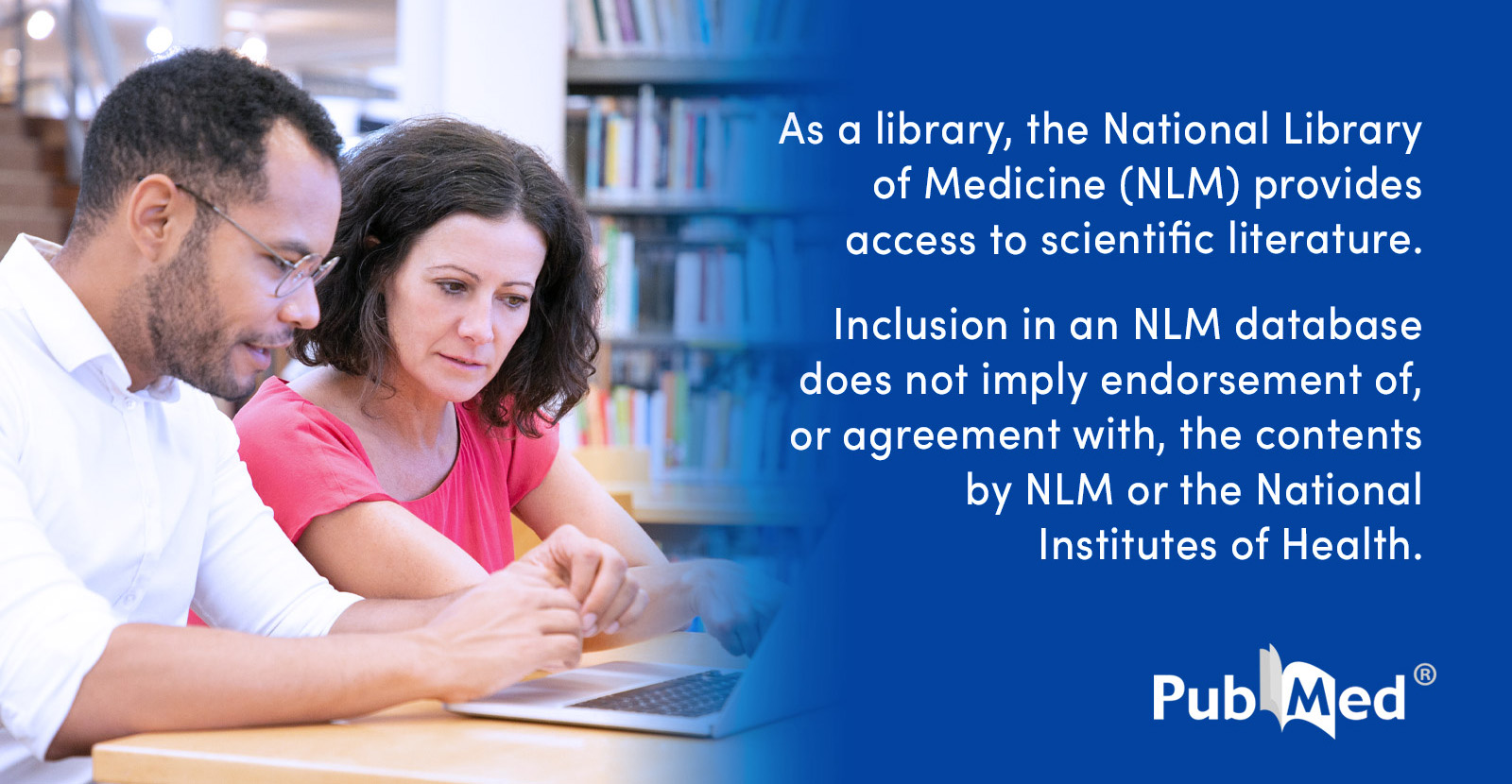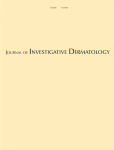I've been doing some more digging into what could be the probable affect here, most of these research papers go over my head; but hopefully they can shed some light on this:
Firstly lauric acid is clearly a unique fatty acid:
Lauric acid, as a component of
triglycerides, comprises about half of the fatty-acid content in
coconut milk,
coconut oil,
laurel oil, and
palm kernel oil (not to be confused with
palm oil),
[10][11] Otherwise, it is relatively uncommon. It is also found in human
breast milk (6.2% of total fat), cow's milk (2.9%), and goat's milk (3.1%)
Doing some further reading I found this on Kava Dermopathy:
Kava dermopathy is a common cutaneous effect of regular or heavy use of Kava, a psychoactive beverage consumed widely throughout the Pacific. In Fiji in 2012, over 1000 study participants underwent full skin examination, and kava dermopathy was a common cutaneous finding. The clinical...

pubmed.ncbi.nlm.nih.gov
The pathogenesis of Kava dermopathy may be associated with a functional defect in one or more cytochrome P450 enzymes implicated in epidermal integrity,
It does talk about lamellar ichythosis which is a genetic disease that bears great resemblance to the acquired dermopathy caused by kava consumption.
When reading about epidermal integrity, I came across papers talking about epidermal lipid composition and it's importance for host defense in preventing various skin diseases:
Epidermal barrier integrity and function affect the skin microbiome composition. AD shows an altered microbial configuration across diverse body sites, which is most pronounced at sites of predilection and AD. Eczematous affection appears to be a more important determinant than body site.

pubmed.ncbi.nlm.nih.gov
Specifically they talk about another skin disease called atopic dermatitis, and how it relates to low ceramide levels on the stratum corneum:
Stratum corneum lipids are an important determinant for both water-retention function and permeability-barrier function in the stratum corneum. Howeve…

www.sciencedirect.com
Active rebuilding, stabilizing, and maintaining the lipid barrier of the skin is an encouraging disease management and care concept for dry skin, atopic dermatitis (eczema, neurodermatitis), and psoriasis. For decades, corticosteroids have been the mainstay ...

www.ncbi.nlm.nih.gov
While there is no clear cause of atopic dermititis, interestingly there seems to be an abundance of a specific bacteria 'staphlycoccus aureus' that is implicated in the pathogenesis of the disease:
Staphylococcus aureus is frequently isolated from the skin of atopic dermatitis (AD) patients during flares. The normal microbiota is disrupted and the diversity of the microorganisms on the skin is reduced. Many species that produce inhibitors of S. aureus growth decline. Strains from S. aureus...

pubmed.ncbi.nlm.nih.gov
Here they treat atopic dermititis by reintroducing those ceramides to the skin surface topically:
Atopic dermatitis is the most common chronic inflammatory skin condition seen in the pediatric population. In the United States, the prevalence rate of atopic dermatitis is 10 to 12 percent in children. A nonsteroidal, barrier repair product consisting of an optimal ratio of ceramides...

pubmed.ncbi.nlm.nih.gov
Interestingly this article establishes that treatment with oral konjac ceramide was far more efficacious than topically administering ceramides which they suggest had "transient" effects.
Although topical application of ceramide is effective in the treatment of atopic dermatitis, its effect is transient. Thus, the effect of oral intake of ceramide on atopic dermatitis was studied. Two groups of 25 children with moderate atopic dermatitis, who were allergic to house dust mite took...

pubmed.ncbi.nlm.nih.gov
Lauric acid (C12:0) and sapienic acid (C16:1Δ6) derived from human sebaceous triglycerides are potent antimicrobials found at the human skin surface. Long-chain bases (sphingosine, dihydrosphingosine and 6-hydroxysphingosine) are also potent and ...

www.ncbi.nlm.nih.gov
This article talks quite extensively about the lipid composition on the stratum corneum; moreover, it mentions how the skin is coated with sebaceous liquids (sebum), and that
. Also, several of the fatty acids that are released from sebaceous triglycerides are potent, though somewhat selective, antimicrobials.
. Further suggesting
Lauric acid (C12:0) has long been recognized as one of the most potent antimicrobials out of a range of fatty acids or fatty acid derivatives [
6]. It is a minor, often overlooked, but potentially biologically significant component of sebum.
Also that
]. Lauric acid was effective against the Gram-positive coryneform bacteria (Corynebacterium bovis, Corynebacterium striatum, Corynebacterium jeikeium), while sapienic acid was ineffective.
stratum corneum integrity, dry surface, low pH, antimicrobial peptides and products of endogenous nonpathogenic bacteria all contribute to the inhospitable environment for microbial growth presented by the skin surface, it is currently understood that certain lipids may be major contributors to this
I wonder if something is going on here with some form of bacterial growth on the surface of the skin, similar to atopic dermatitis, that lauric acid is particular good at thwarting, it may be that Kava disrupts the lipid composition of the stratum corneum as epidermal integrity is implicated and makes it therefore more hospitable for certain bacteria to flourish that causes dermopathy. Given this suggests lauric acid as being one of the the most potent antimicrobials present in sebum.
I could just being going all over the place, and shooting in the dark. After all this is still early days.
I'm cautiously optimistic though because I can see that taking monolaurin is preventing my dermopathy and I drink it raw like everyday. Sometimes up to about 1-2Tbsp on the rare occasion I'm quite unwell, and no dermopathy so far for about 2 months!
 . I will try to go a bitter heavier on the Kava in the following months, because I take it raw it wouldn't be long for me to get pretty severe dermopathy again.
. I will try to go a bitter heavier on the Kava in the following months, because I take it raw it wouldn't be long for me to get pretty severe dermopathy again.


